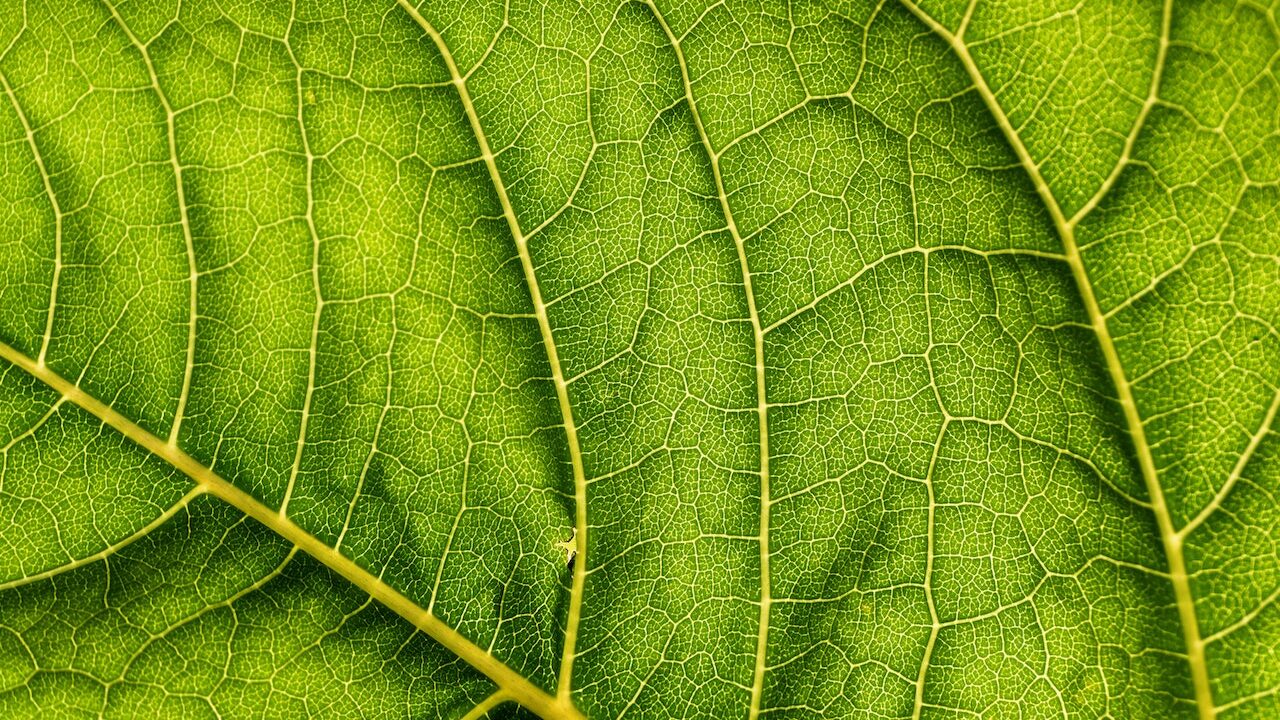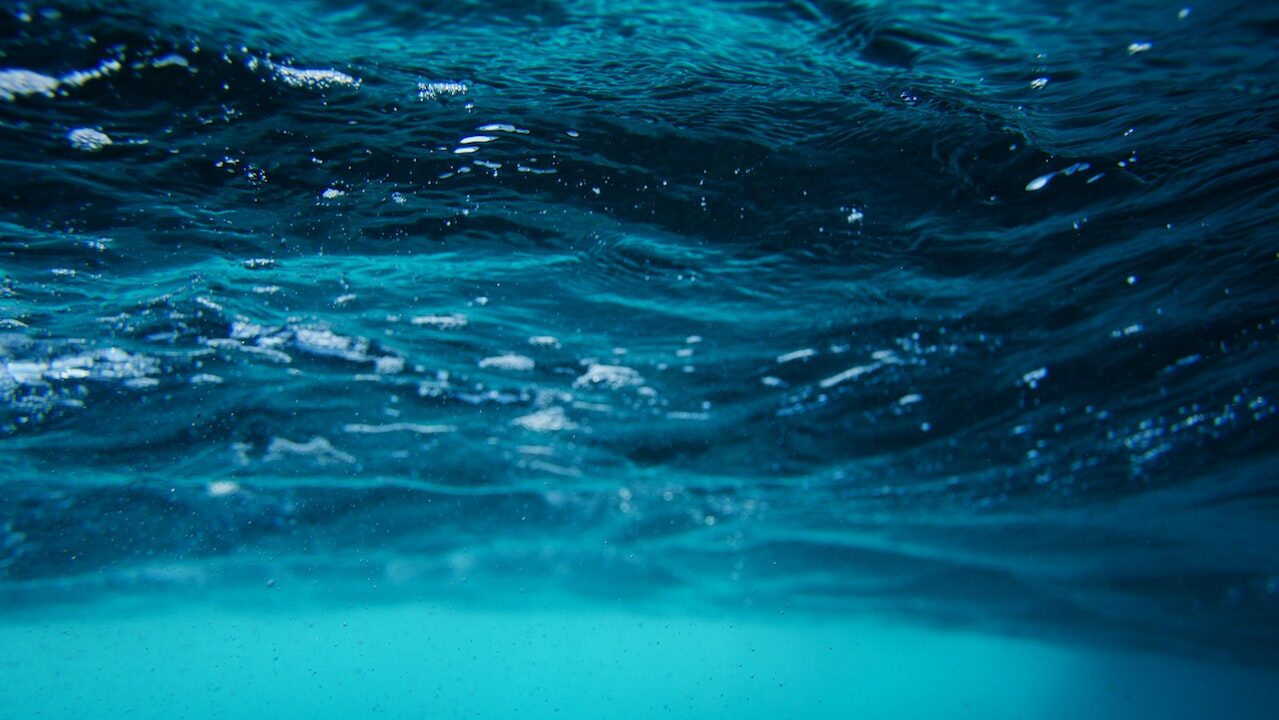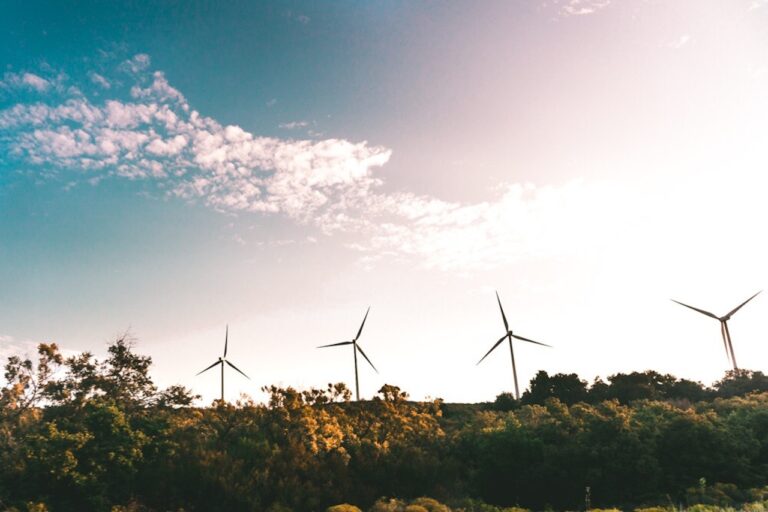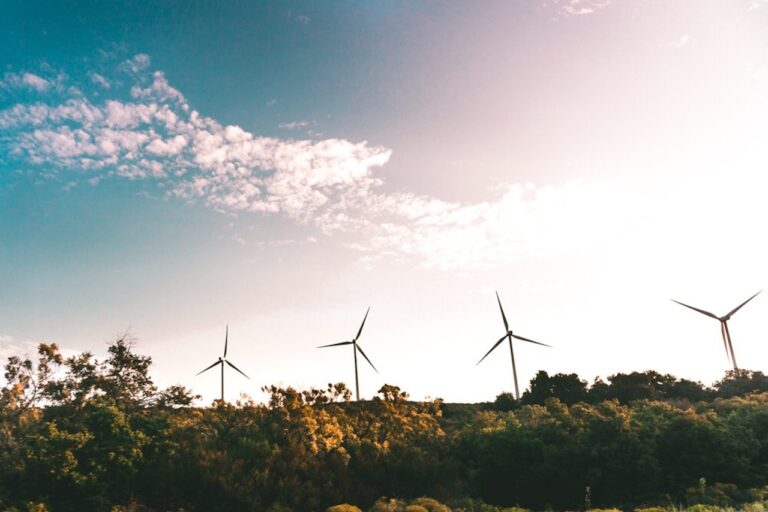Introduction
We frequently draw inspiration from nature in our quest for a sustainable future. The complex structures, effective mechanisms, and clever adaptations that have developed over millions of years are the key to finding ground-breaking answers to our urgent environmental problems. A promising strategy for developing sustainable technologies is biomimicry, the practice of copying nature’s patterns and systems. In this blog post, we will delve into the fascinating world of biomimicry and explore how it serves as nature’s blueprint for green energy innovation.

1: Understanding Biomimicry

Biomimicry, derived from the Greek words “bios” (life) and “mimesis” (imitation), involves studying nature’s strategies, forms, and functions to develop sustainable solutions. Scientists, engineers, and designers can imitate the methods used by plants, animals, and ecosystems to overcome a variety of issues by watching and comprehending these strategies.
2:Drawing Inspiration from Nature’s Blueprints
2.1: Efficient Energy Conversion:
Through the process of photosynthesis, which enables plants to effectively absorb sunlight and transform it into chemical energy, nature has perfected the art of energy conversion. In order to create cutting-edge solar energy technologies that are more efficient than traditional photovoltaic cells, researchers are trying to duplicate this process.
2.2: Wind Energy: Birds in Flight:
Birds are masters of flight, gliding through the air with ease. Engineers are creating wind turbine blades that resemble the shape and motion of bird wings by studying the aerodynamics of bird wings. This biomimetic strategy could boost the effectiveness of wind energy production.
2.3: Biomimicry in Wave and Tidal Energy:
Tide and ocean waves have enormous energy potential. Researchers are creating wave and tidal energy converters that can sustainably capture the power of the oceans by studying the efficient locomotion of marine animals like dolphins and whales.

3: Biomimicry and Energy Storage
A key component of renewable energy systems is effective energy storage. Nature provides remarkable examples of energy storage, such as the extraordinarily strong and airy weave of spider silk. In order to create new energy storage technologies that are resilient, adaptable, and sustainable, scientists are investigating the characteristics of spider silk.
4: Biomimicry and Smart Grids
Natural networks, like ant colonies and brain networks, are incredibly effective at processing information and allocating resources. Researchers are working to create smart grids that can manage demand, optimize energy distribution, and seamlessly integrate renewable energy sources by modeling these systems.
5: Case Studies
5.1: Butterfly-inspired Solar Cells:
The nanostructure of butterfly wings served as inspiration for the development of solar cells by scientists. These bio-inspired solar cells could increase the efficiency of energy conversion and light absorption.
5.2 Shark Skin-inspired Turbulence Reduction:
Shark the skin’s rough surface lessens drag and water turbulence. The efficiency of wind turbine blades and ship hulls can be increased by using this idea to reduce energy waste.
6: Challenges and Future Directions
Although biomimicry has a lot of potential, it also has problems with scalability, technological integration, and economic feasibility. However, biomimicry can open up countless opportunities for sustainable energy solutions with further study, interdisciplinary cooperation, and backing from companies and politicians.
Conclusion
Natural processes and designs have undergone extensive refinement over billions of years, resulting in unmatched efficiency and sustainability. With the help of biomimicry, we have a fantastic chance to draw on this reservoir of knowledge and apply it to the development of sustainable energy solutions. We can develop cutting-edge technology that will revolutionise the renewable energy industry by copying the designs seen in nature.
Using biomimicry, we may design extremely effective solar cells by taking cues from photosynthesis to uncover the mysteries of energy conversion. We can improve the efficiency of wind turbines by looking at bird flight. Similar to how we may harness the enormous force of waves and tides by studying marine life. Aside from that, biomimicry offers ideas on optimizing the smart grid, energy storage, and many other areas.
Even if scalability and commercial feasibility are challenges for biomimicry, it has enormous potential to help create a sustainable future. Increased research, interdisciplinary cooperation, and backing from companies and politicians are crucial for realising this potential to the fullest.
Nature has already given us the most comprehensive guide to creativity and sustainability. Now that we are committed to creating a greener and more sustainable society, it is up to us to embrace biomimicry and unleash its transformative potential.
Remember, we are not just copying nature; we are also learning from it, working with it, and helping to shape a future that is consistent with the resilience and harmony of the natural world. Biomimicry is nature’s call to transform the way we think about energy, and it is up to us to accept the challenge and pave the way for a more environmentally friendly future.




